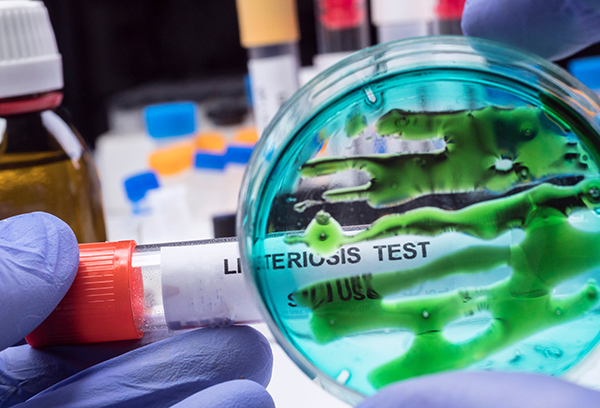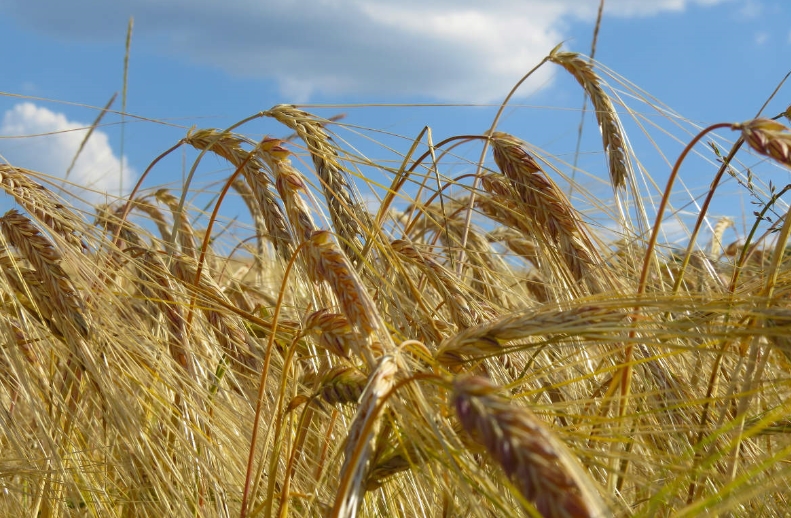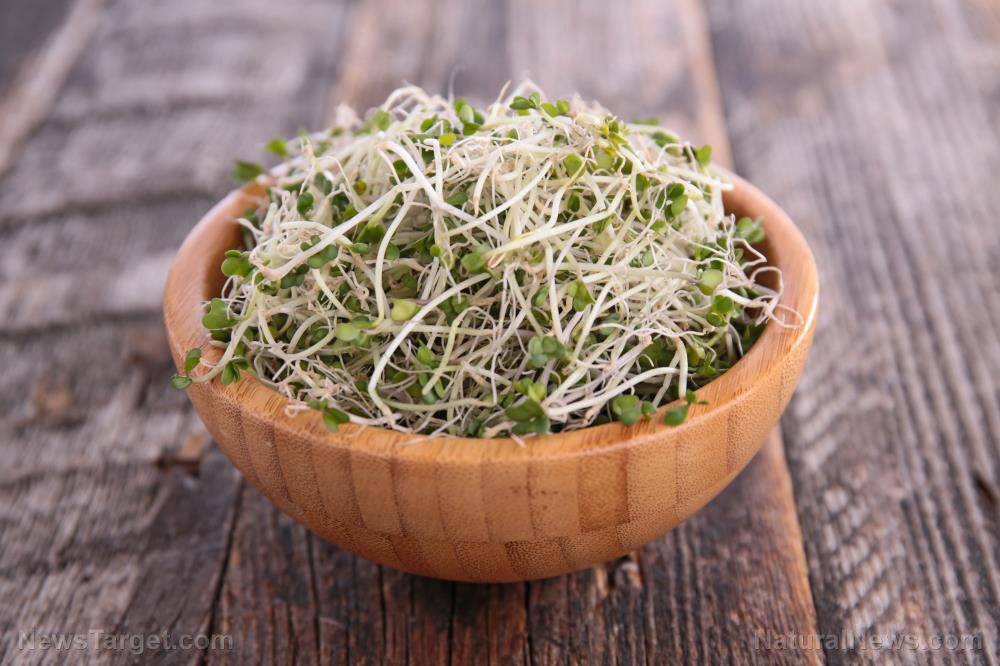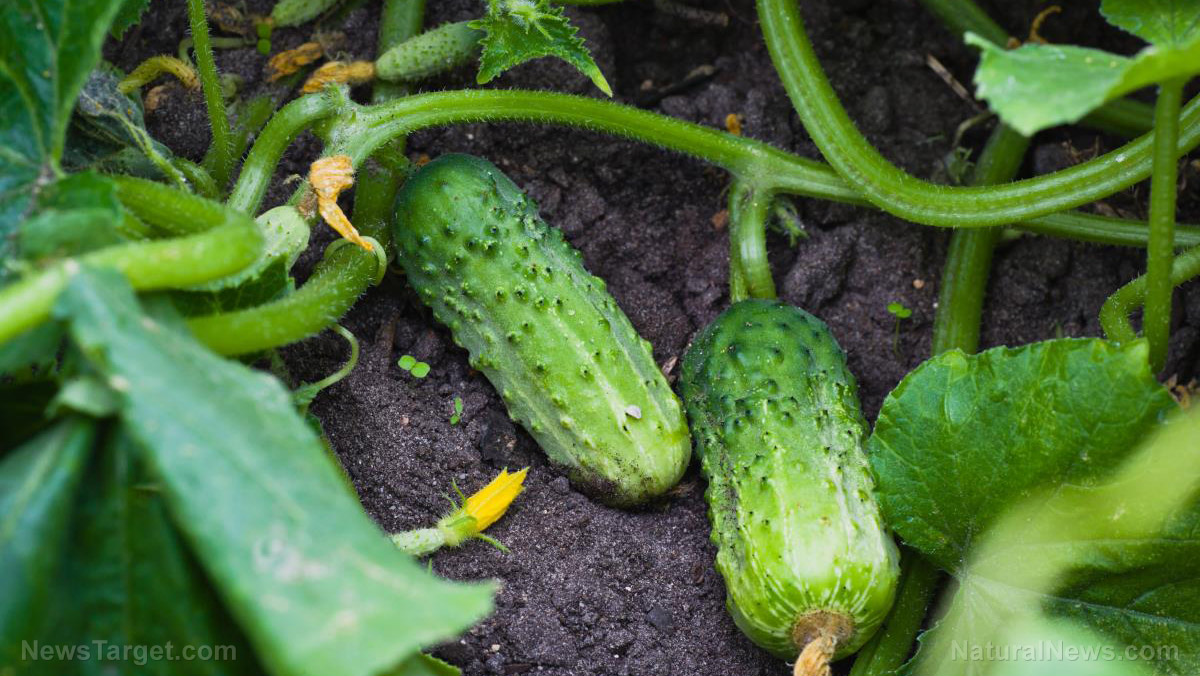Autumn olive demonstrates great anti-diabetic potential
05/02/2019 // Evangelyn Rodriguez // Views
Tags: autumn olive, clean food, disease treatments, food cures, food is medicine, food science, functional food, glucose, goodfood, goodhealth, goodmedicine, hyperglycemia, research, superfoods, Type 2 Diabetes
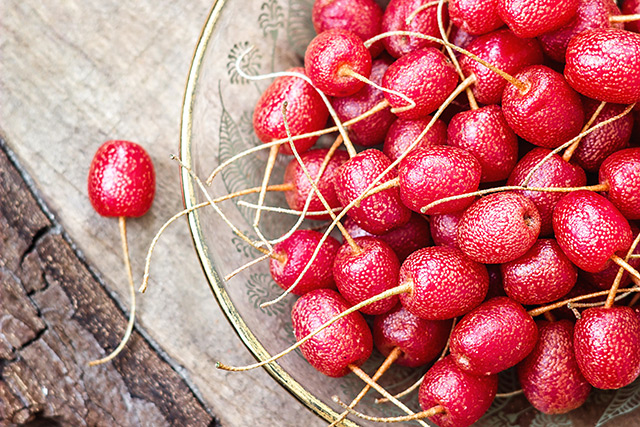
- Crude extracts and subfractions of the fruit were prepared for testing using different solvents.
- The antioxidant potential of the fruit was determined using a modified Brand-Willams assay, which is considered to be a valid and accurate method of evaluating free radical scavenging potential.
- The researchers also used the ABTS assay to test the antioxidant activity of autumn olive.
- To determine its enzyme inhibitory potential, they tested the sample on alpha-amylase and alpha-glucosidase, two enzymes that can reduce the presence of glucose in the blood when inhibited, using different assays.
- They also tested the anti-hyperglycemic effects of the sample on rats with STZ (streptozotocin)-induced Type 2 diabetes; the rats were observed for any signs of toxicity.
- The phenolic compounds present in the fruit extracts were identified using HPLC (high-performance liquid chromatography).
- The chloroform, ethyl acetate, and butanol fractions were found to have significant antioxidant potential.
- The chloroform and ethyl acetate fractions were also effective against alpha-amylase and alpha-glucosidase.
- The crude extract, chloroform fraction, and ethyl acetate fraction effectively controlled hyperglycemia and significantly reduced glucose levels in diabetic rats.
- They also showed potential in controlling secondary complications related to Type 2 diabetes by lowering the levels of enzymes which indicate liver or heart damage in the blood of diabetic rats; cholesterol, LDL and triglycerides were also reduced.
- Molecular docking confirmed the inhibition of alpha-amylase and alpha-glucosidase by phenolic compounds via binding to their active sites.
The researchers concluded that autumn olive is a potent antioxidant which can be used to treat and relieve the secondary complications of Type 2 diabetes.
Read the full study at this link.
Find out more about autumn olive and other natural foods that can help with diabetes at DiabetesScienceNews.com.
Journal Reference:
Nazir, N., Zahoor, M., Nisar, M., Khan, I., Karim, N., Abdel-Halim, H., & Ali, A. PHYTOCHEMICAL ANALYSIS AND ANTIDIABETIC POTENTIAL OF ELAEAGNUS UMBELLATA (THUNB.) IN STREPTOZOTOCIN-INDUCED DIABETIC RATS: PHARMACOLOGICAL AND COMPUTATIONAL APPROACH. BMC Complementary and Alternative Medicine. 13 December 2018;18(1):332. DOI: 10.1186/s12906-018-2381-8
Related Topics
autumn olive clean food disease treatments food cures food is medicine food science functional food glucose goodfood goodhealth goodmedicine hyperglycemia research superfoods Type 2 DiabetesLatest News
Related News
09/03/2023 / By Ethan Huff
04/16/2023 / By Arsenio Toledo
03/08/2023 / By Rose Lidell
Take Action:
Support Natural News by linking to this article from your website.
Permalink to this article:
Copy
Embed article link:
Copy
Reprinting this article:
Non-commercial use is permitted with credit to NaturalNews.com (including a clickable link).
Please contact us for more information.
Please contact us for more information.

















